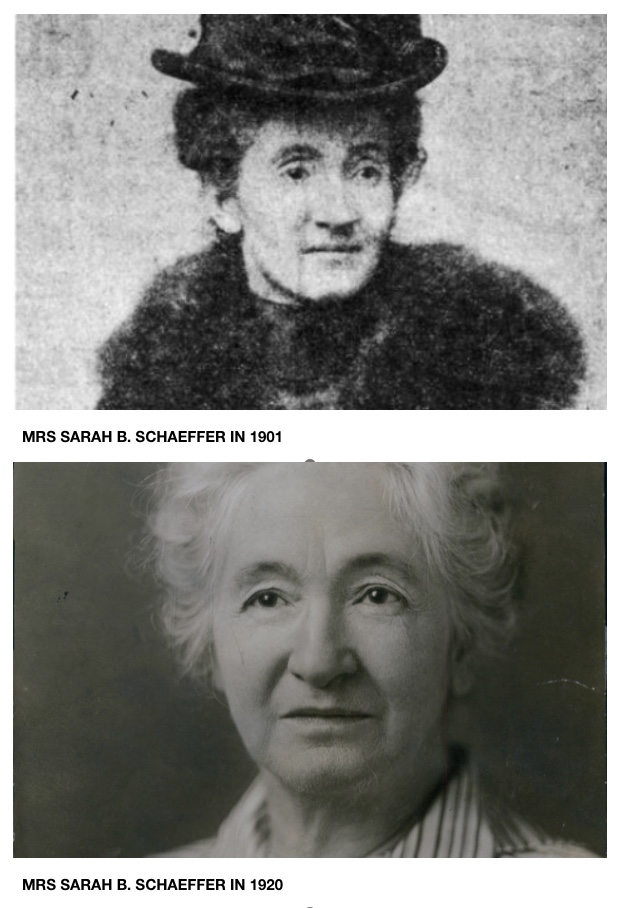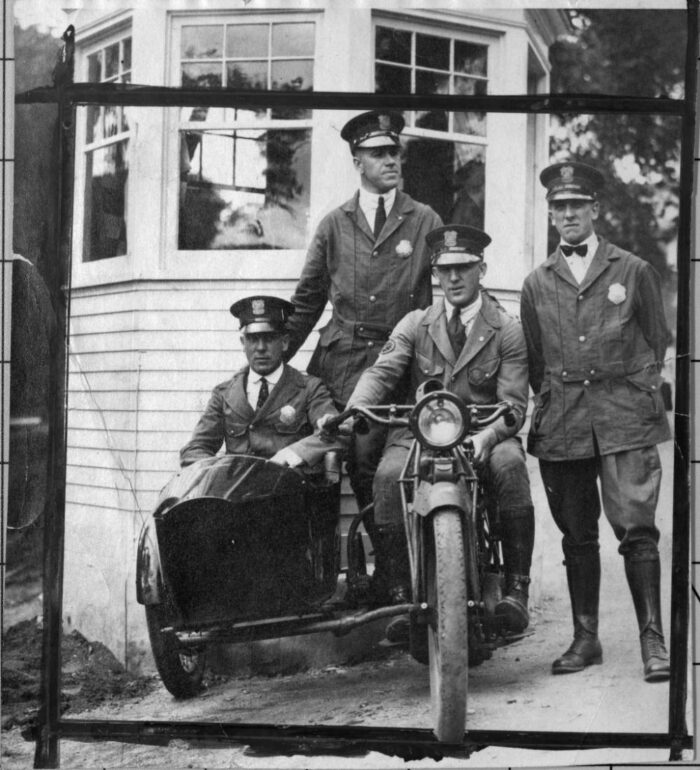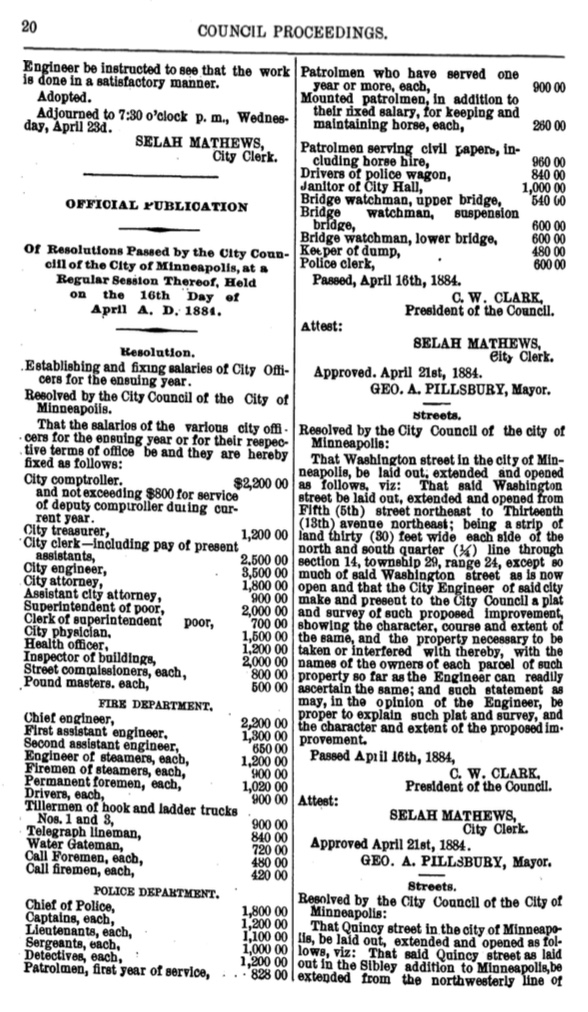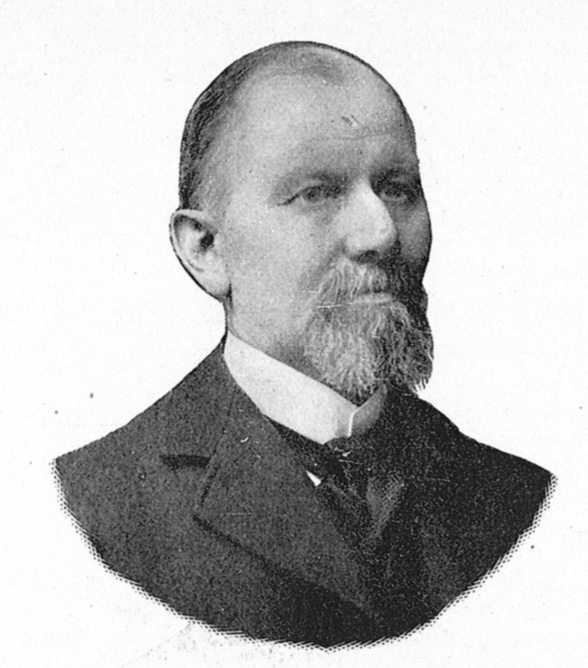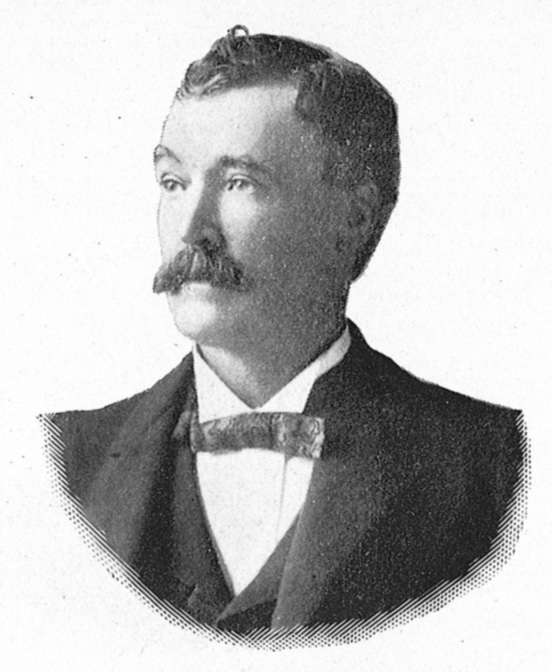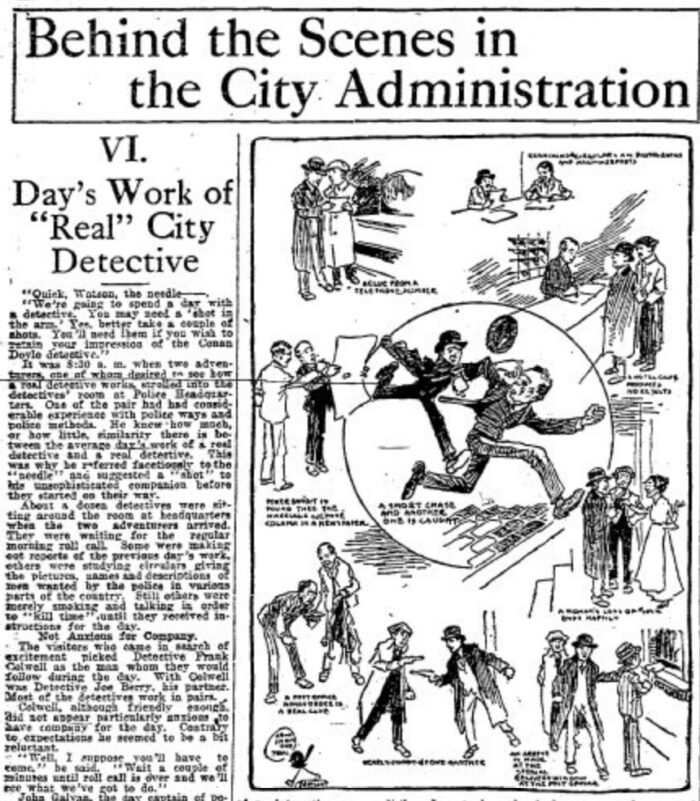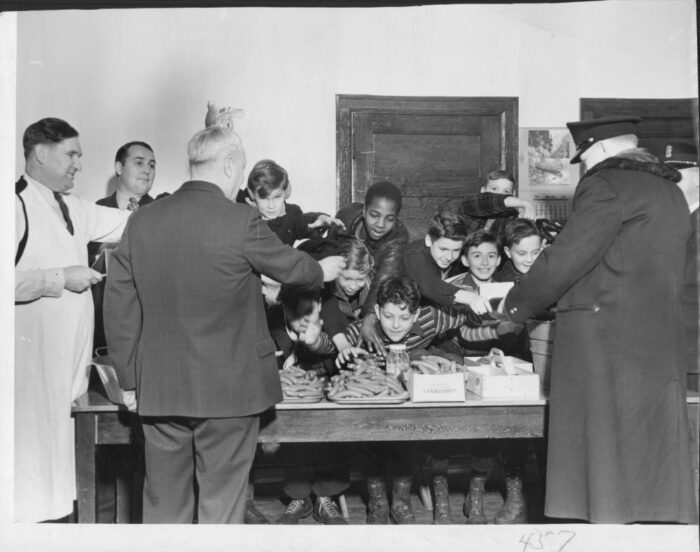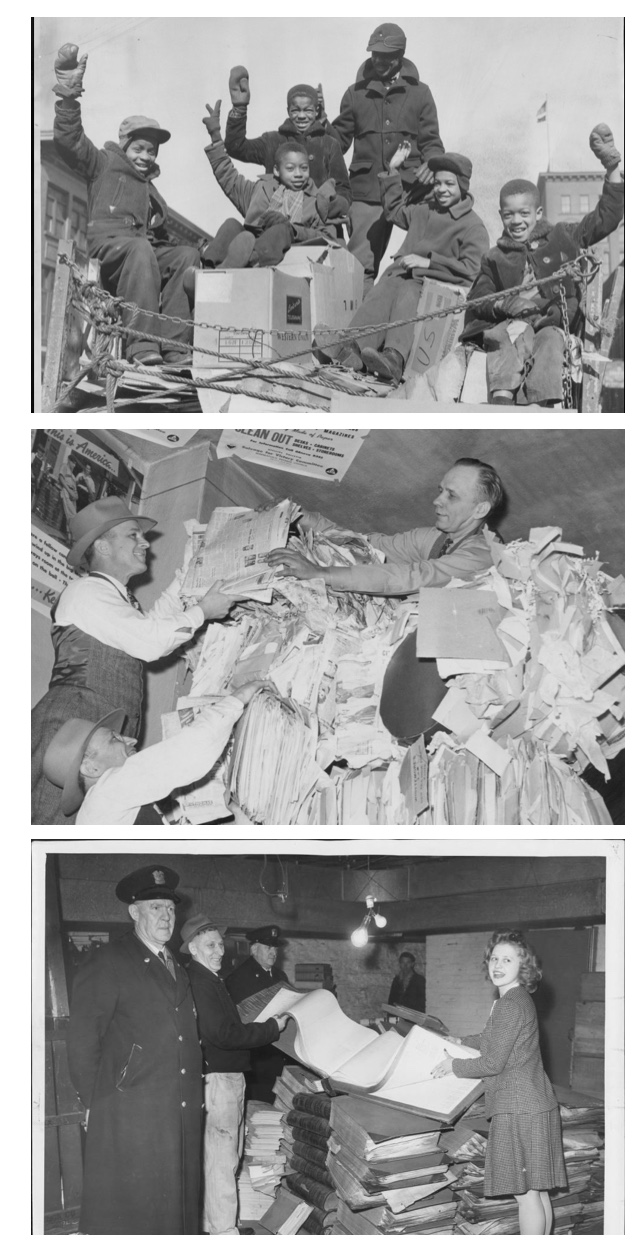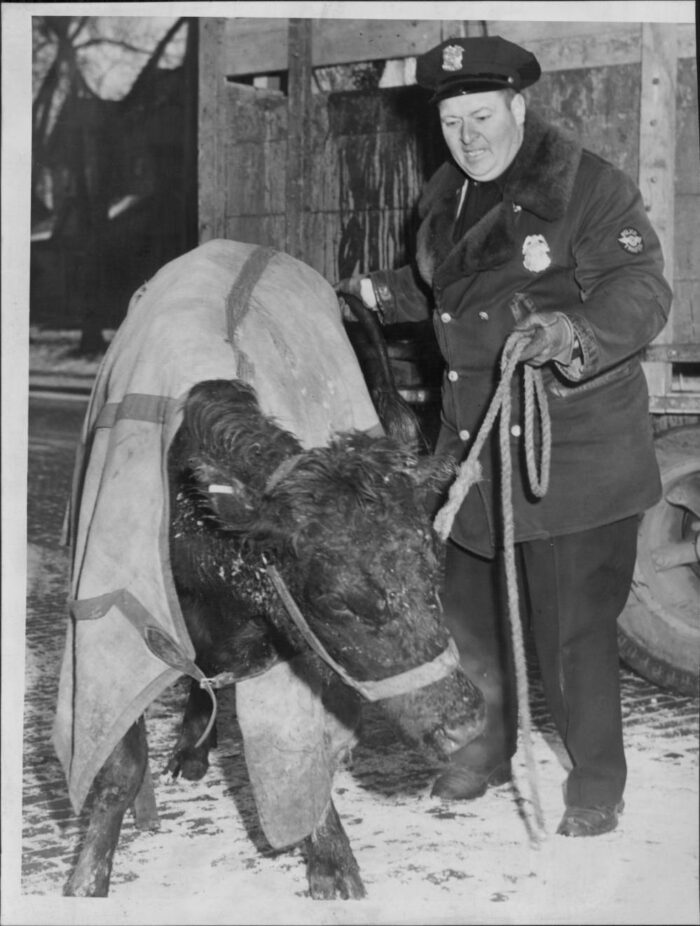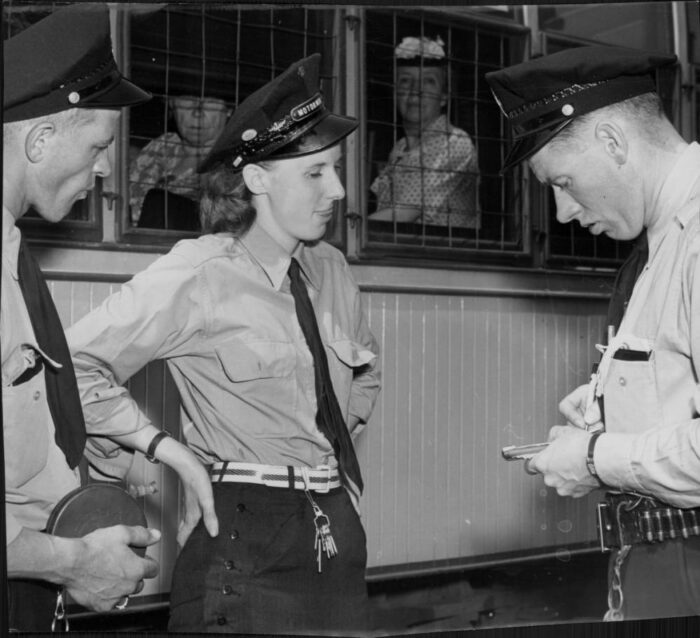Here are two photographs of Mrs. Sarah B. Schaeffer: one upon her appointment to the Minneapolis Police Department and one upon her retirement.
Mrs. Schaeffer was appointed by Mayor A. A. Ames to the role of Police Matron in 1901 at the salary of $726 per year.
She served at the City Jail, located on the top floor of the Minneapolis City Hall.
As Police Matron, Mrs. Schaeffer had responsibility for women, and juvenile girls and boys.
Mrs Schaeffer retired from the Minneapolis Police Department, during Mayor Leach’s term, in 1927.
When asked about her plans for retirement she stated that she was looking forward to retiring to her bungalow and tending her garden.
Top photograph courtesy of Policewomen: A History by Kerry Segrave
Bottom photograph courtesy of Hennepin County Library
